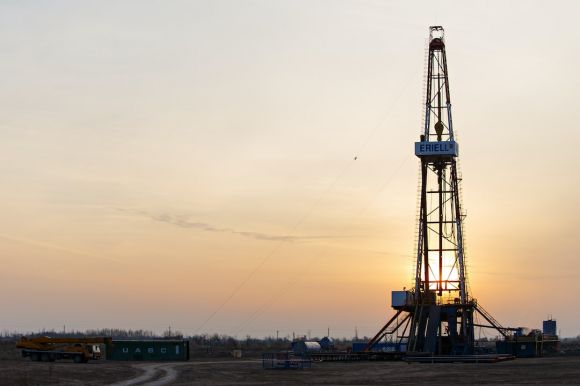Exploring and extracting petroleum from deep beneath the Earth’s surface is a complex and challenging task. As the demand for energy continues to rise, the need to access untapped oil and gas reserves has led to the development of ultra-deep petroleum wells. These wells, which can reach depths of over 30,000 feet, present a unique set of challenges that engineers and geologists must overcome. In this article, we will delve into the difficulties faced when drilling ultra-deep petroleum wells and the innovative solutions being developed to tackle them.
Understanding the Geological Environment
One of the first challenges in drilling ultra-deep wells is gaining a comprehensive understanding of the geological environment. The Earth’s crust becomes more complex and unpredictable at greater depths, making it essential to analyze and interpret seismic data accurately. Geologists employ advanced imaging technologies and computer modeling to map out the subsurface structure and identify potential reservoirs. By understanding the rock formations and the pressure and temperature conditions, engineers can design drilling techniques and select appropriate drilling fluids and materials.
Extreme Pressure and Temperature
As drilling depths increase, so does the pressure and temperature encountered. At depths of several miles, the pressure can reach thousands of pounds per square inch, while temperatures can exceed 400 degrees Fahrenheit. These extreme conditions put tremendous stress on drilling equipment and materials. Engineers must develop advanced drilling tools and materials capable of withstanding such harsh environments. High-strength alloys and advanced ceramics are being used to construct drill bits and casings that can withstand the pressure and heat while maintaining their integrity.
Drilling Fluids and Circulation
Another challenge of drilling ultra-deep wells is the management of drilling fluids and circulation. Drilling fluids, or mud, serve multiple purposes, including lubrication, cooling, and carrying rock cuttings to the surface. However, at extreme depths, the weight of the drilling mud can become a significant obstacle. The pressure exerted by the column of mud can cause wellbore instability and lead to costly drilling problems. Engineers are developing new lightweight drilling fluids that provide the necessary lubrication and cooling properties while reducing the overall weight on the wellbore.
Well Control and Blowouts
Maintaining control of the wellbore and preventing blowouts is a critical concern when drilling ultra-deep wells. Blowouts occur when the pressure underground exceeds the strength of the wellbore, causing a sudden and uncontrolled release of oil or gas. To mitigate the risk of blowouts, engineers utilize blowout preventers (BOPs) and other safety measures. BOPs are large valves that can seal off the wellbore in case of an emergency. Additionally, constant monitoring and real-time data analysis help detect any deviations in pressure or other parameters, allowing operators to take immediate action to prevent blowouts.
Environmental and Safety Considerations
Drilling ultra-deep wells also raises environmental and safety concerns. The potential for oil spills or the release of harmful gases poses a significant risk to both the environment and workers. Stringent regulations and safety protocols are in place to minimize these risks. Advanced well control and containment systems, along with rigorous training and emergency response plans, are implemented to ensure the safety of workers and protect the environment.
Conclusion
Drilling ultra-deep petroleum wells is a formidable task that requires advanced technology, expertise, and careful planning. From understanding the geological environment to managing extreme pressure and temperature, engineers and geologists face numerous challenges. However, with ongoing advancements in drilling techniques, materials, and safety measures, the industry continues to push the boundaries of exploration and extraction. As we delve deeper into the Earth’s crust, the knowledge gained from drilling ultra-deep wells will not only help meet our energy demands but also contribute to a better understanding of our planet’s geology.





